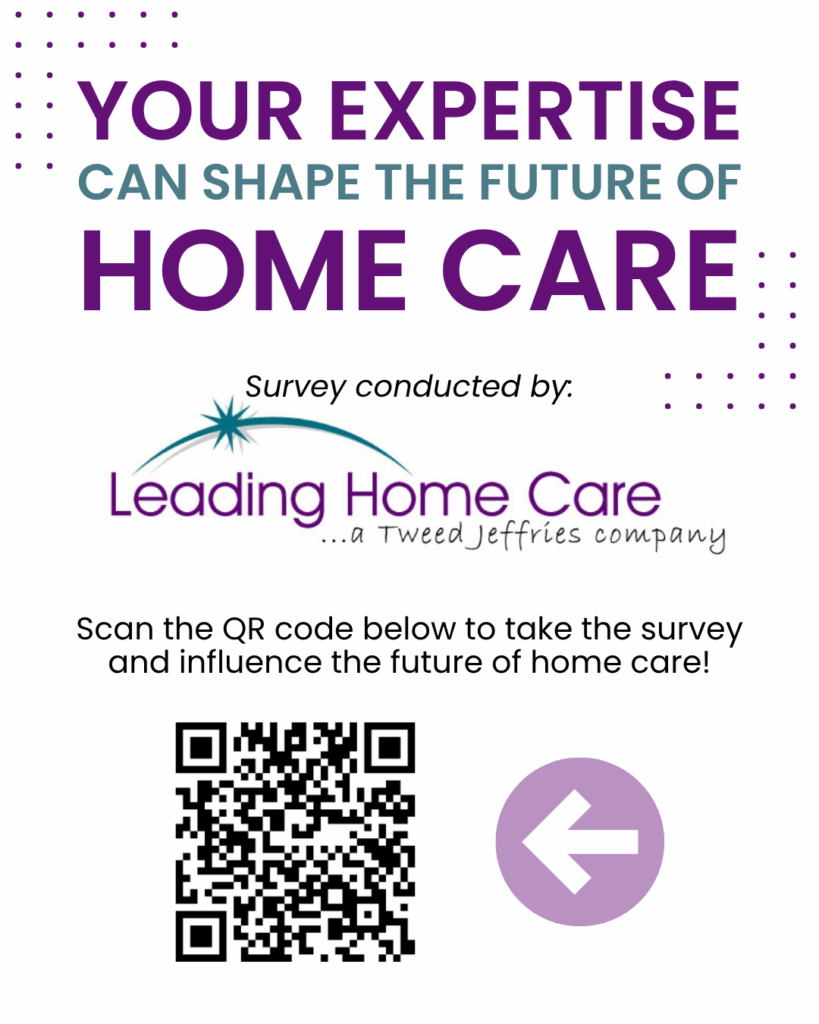The push by unions to organize home care workers again hits the front page with an article in today’s Wall Street Journal (6-20-13). Titled “Unions Target Home Workers”, the article by Kris Maher examines this trend across the country.
The lead in says, “As the population ages, more people are being paid by the government to care for the elderly in their homes. That has prompted unions to try to organize more such workers, who typically receive modest wages and few or no benefits”.
There are several key concepts in this article that are important for owners of private pay, non-medical home care companies:
- Most of the union activity is focused on organizing home care aides who are being paid under the state Medicaid programs.
- Most of the union activity is focused on states where unions have a strong political influence and are able to enlist the support of legislators and governors to pass the requisite legislation
- In those states that have enabled unionization for caregivers, their wages have progressed slowly, they still don’t have healthcare benefits, and costs to the state have gone up when they are trying to reduce the cost of Medicaid. And, the unions have received millions of dollars in new dues revenue that goes back to supporting the politicians who have enabled them.
Here are some interesting facts and figures from this article and other research we have done on this topic.
- The number of home health care workers is expected to increase from 1.9 million in 2010 to 3.2 million in 2020, an increase of 68%.
- The median wage for home care aides in 2010 was $9.70 per hour.
- A 2011 study in Michigan found that 75% of home care workers went into the field to care for a family member or friend.
- In May of 2013, Minnesota passed a bill giving 15,000 home care workers and 7,000 child care providers the ability join unions.
- In Vermont a new law permits 7,000 home care workers to unionize.
- Wisconsin and Ohio have overturned efforts to allow organizing home care workers
- The Service Employees International Union (SEIU) represents 600,000 home care workers in 20
states.
- About 25% of home care workers nationwide belong to unions.
- In northern California, home care workers who belong to SEIU earn more than $12.00 per hour and a small percentage have health care through union contracts.
- In Michigan, SEIU organized 41,000 home care workers in 2005. Today, many earn $8.00 per hour, don’t have health care, vacations, or sick time. These workers pay 2.75% of their wages in union dues, and the union has taken in $35 million since 2005.
- Last year, Michigan Governor Rick Snyder signed a law banning home care aides from unionizing. The move erased 45,000 members from the SEIU roles and saved these workers $6 million in annual dues.
This article is particularly relevant as we continue to examine the affects of the Accountable Care Act, and how it will impact private pay, non-medical home care companies.
In a recent workshop sponsored by The Academy for Private Duty Home Care, we had an extensive discussion about the merits of home care companies serving the Medicaid population. Most companies have stopped providing that service as the rates paid per hour have been cut. Other companies continue to serve Medicaid clients, but are not actively promoting the service because it often loses money. They continue to be connected as they watch the development of “Obamacare” to see how the state Medicaid programs will respond.
The new law clearly moves more people into Medicaid at a time when most states are already upside down on their budgets. They want to give more people care, but want to pay providers less. Then some states are enabling the unions, which drives up costs for home care companies and for the state Medicaid programs. Many states have expanded their Medicaid programs to meet the provisions of the Accountable Care Act. The Federal Government will pay 100% of the added cost for three years, and then pay 90%. How will the states pay that 10% of added costs on top of their current deficit Medicaid budgets after the three years?
What are you seeing in your state?
- What impact are unions having on home care workers?
- Have your workers been approached by union organizers?
- What is your state doing with Medicaid payment rates?
- Do you provide services to Medicaid clients? If so, will you continue?





